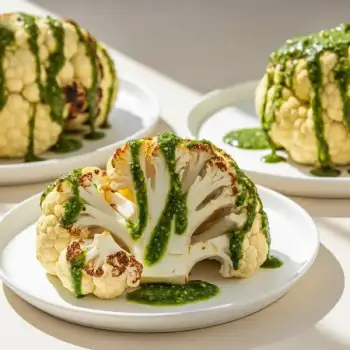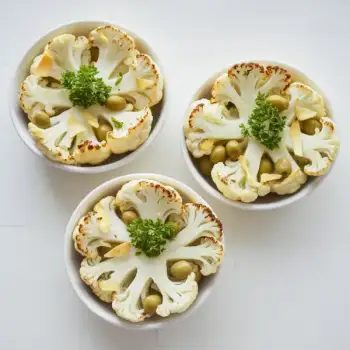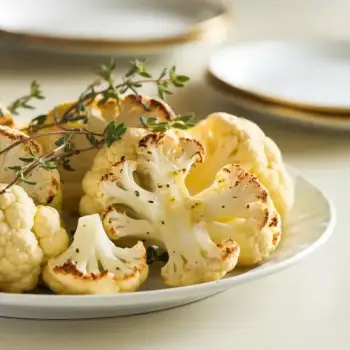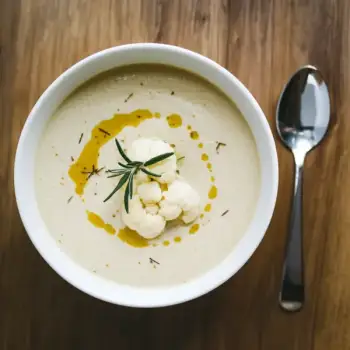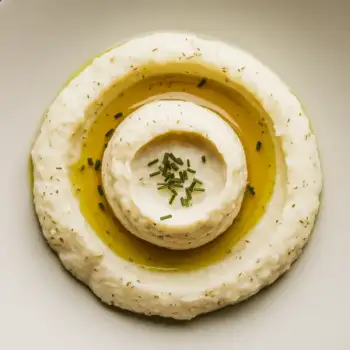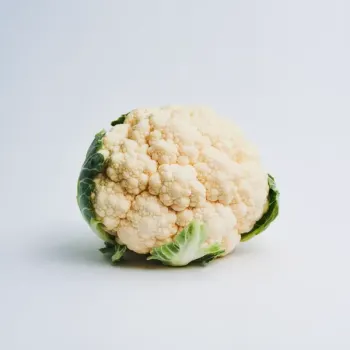


Riced
Cauliflower that has been processed into small, rice-sized pieces, used as a low-carb substitute for grains.
Frozen
Cauliflower that has been blanched and frozen, which is great for convenience and has a longer shelf life than fresh.
Pureed
Cauliflower that has been cooked and blended until smooth, often used in soups, sauces, or as a substitute for mashed potatoes.
Florets
Individual cauliflower pieces that have been separated from the head, convenient for quick cooking and even roasting.
Pickled
Cauliflower florets that have been preserved in a vinegar brine, often with spices, offering a tangy flavor.
Fresh heads
Whole cauliflower heads are the most common form, consisting of tightly packed florets on a single stem, often surrounded by green leaves.




riced cauliflower: Green Giant
frozen cauliflower: Birds Eye

Roasting: Roasting cauliflower at a high temperature (around 425°F or 220°C) caramelizes the edges and brings out a sweet, nutty flavor. Toss florets with oil, salt, and any desired seasonings before spreading them in a single layer on a baking sheet.
Steaming: Steaming is a gentle cooking method that preserves the vegetable's nutrients and crisp texture. Cut the cauliflower into even-sized florets and steam for about 5-7 minutes until tender but still firm.
Sautéing: Sautéing cauliflower in a hot pan with oil allows the florets to brown and develop a rich, savory flavor. This method works well with small to medium-sized florets and typically takes about 5-10 minutes over medium-high heat.




